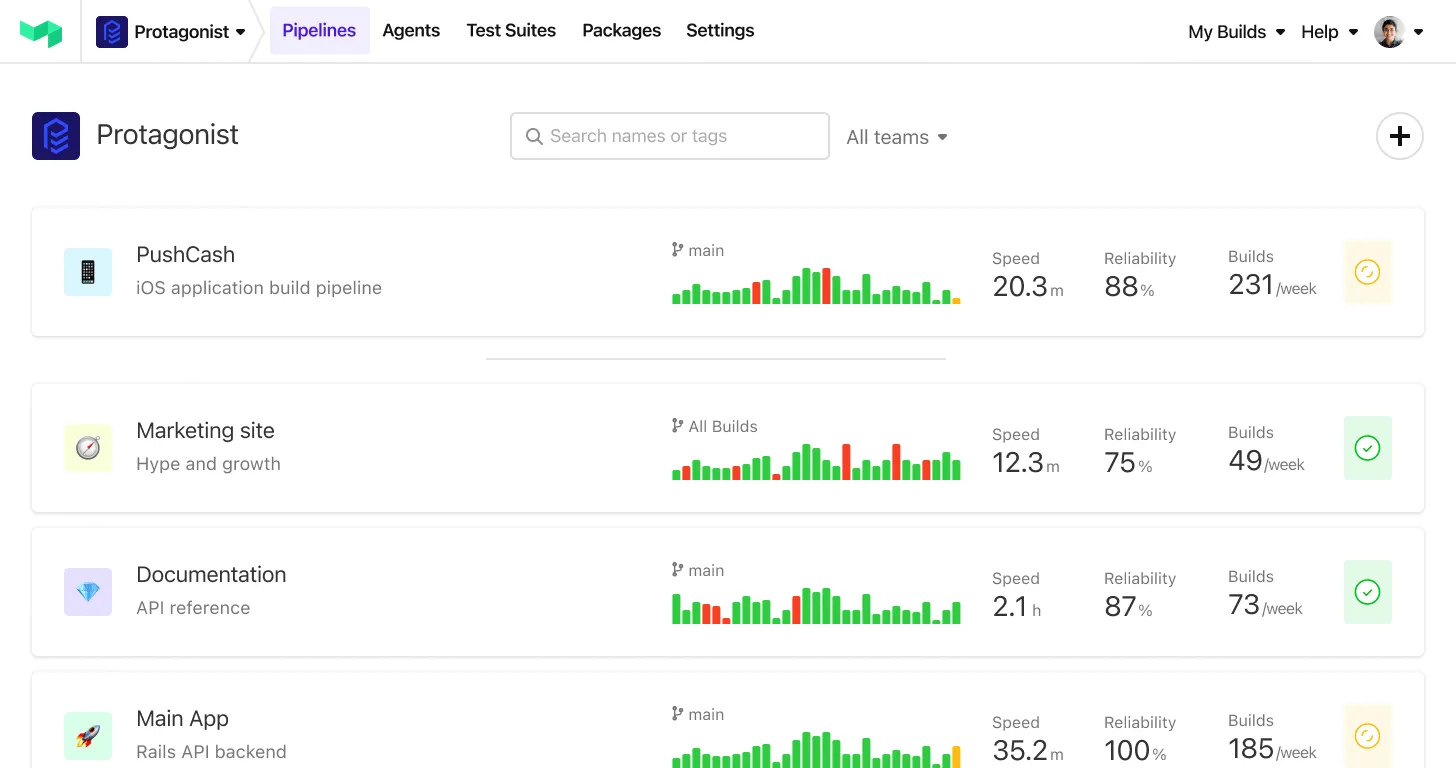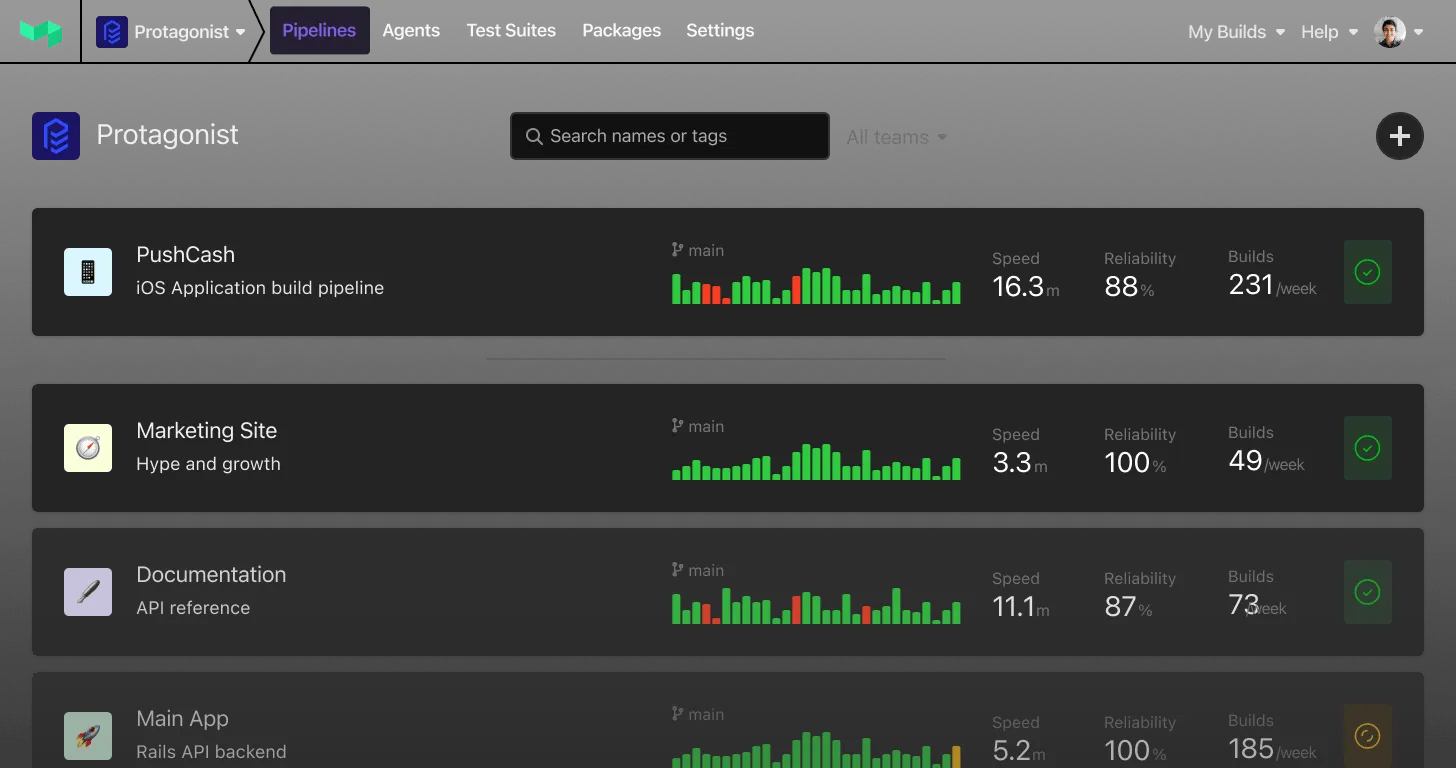Primary Purpose
Both tools serve different primary functions in the infrastructure automation ecosystem, though there is some overlap in capabilities.
Terraform
Primarily designed for infrastructure provisioning and lifecycle management across multiple cloud providers and services.
Ansible
Primarily designed for configuration management, application deployment, and task automation across servers and other resources.
Programming Approach
The fundamental approach to defining and executing automation differs significantly between the two tools.
Terraform
Uses a declarative approach where you specify the desired end state, and Terraform determines how to achieve it. Written in HashiCorp Configuration Language (HCL).
Ansible
Uses a procedural (imperative) approach where you define specific tasks and their sequence. Written in YAML, making it more accessible to non-programmers.
State Management
How each tool tracks and manages the state of resources is a key differentiator.
Terraform
Maintains state files that track the current state of managed infrastructure, enabling planning and change detection before applying updates.
Ansible
Does not maintain persistent state files. Relies on idempotent operations that can be safely run multiple times to achieve and maintain the desired state.
Architecture
The architectural approach of each tool affects deployment, security, and operational models.
Terraform
Uses a client-only architecture with API calls to various providers. State can be stored locally or remotely in backends like S3, Consul, or Terraform Cloud.
Ansible
Uses an agentless architecture that connects to managed nodes via SSH (Linux) or WinRM (Windows), with no software required on target systems beyond Python.
Infrastructure Modifications
How each tool approaches changes to existing infrastructure represents a philosophical difference.
Terraform
Promotes immutable infrastructure where resources are replaced rather than modified in-place when changes are needed.
Ansible
Supports mutable infrastructure with in-place modifications to existing resources, though it can also be used in immutable approaches.
Handling Drift
Configuration drift occurs when actual infrastructure differs from what's defined in code.
Terraform
Detects drift by comparing current state with state files and can automatically remediate by bringing infrastructure back to the desired state.
Ansible
Can detect and remediate drift through periodic execution of playbooks, but lacks built-in drift detection without additional tooling.




